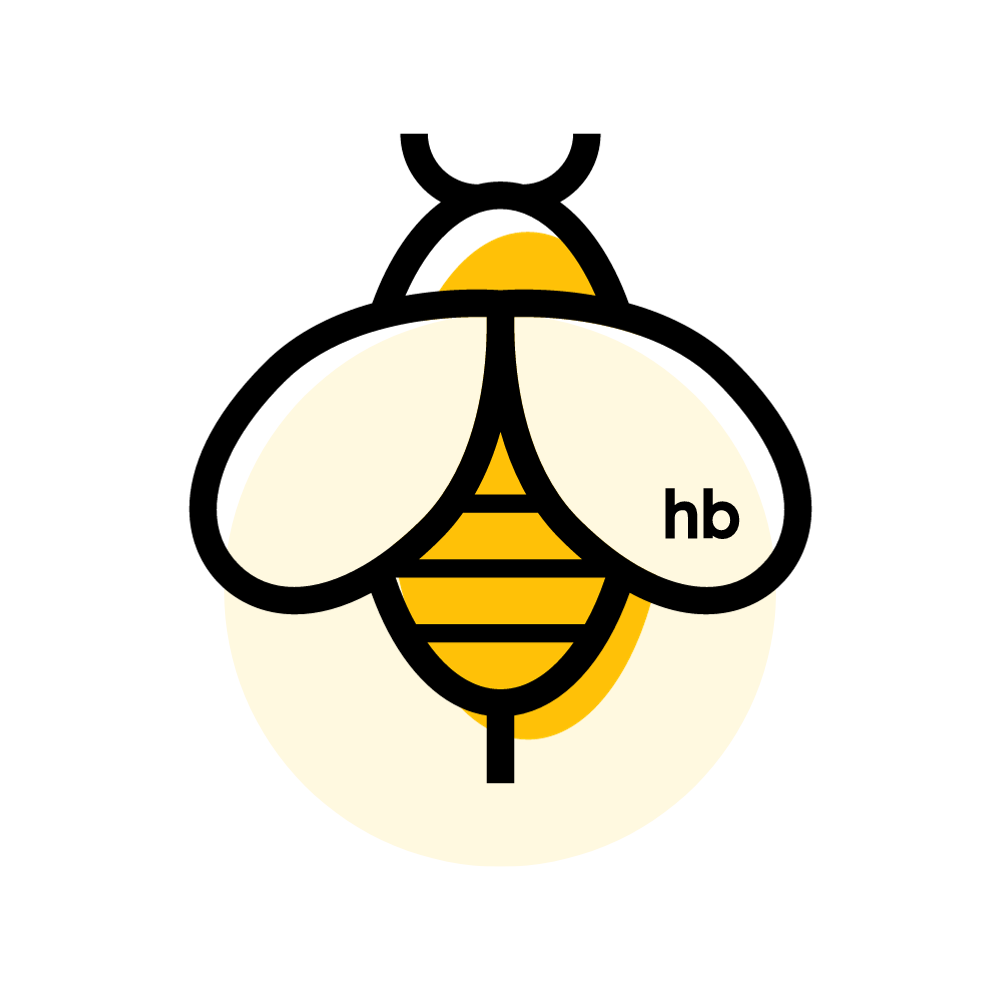5 Marketing Terms You Should Know: Part 1
There’s so much terminology that files around in marketing and sales (everyone loves acronyms) that it can be confusing to know what’s being discussed. Here’s a small cheat sheet of terms to help you build your marketing mindset.
Content marketing: A strategy that focuses on creating and sharing valuable, relevant, and consistent content to attract and retain a clearly defined audience, ultimately driving profitable customer action.
It goes without saying that content is a large part of any successful marketing strategy. Content can consist of anything from photos/videos used to promote a product or service, ebooks and webinars, podcasts and short films; virtually any content generated for the purpose of awareness and promotion.
Content distribution: The process of sharing content through various channels, such as social media, email, and third-party websites, to reach a target audience.
A solid marketing strategy focuses on selecting the best one or two channels that connect with your target audience. The content you develop should be unique to the platform on which it's distributed. For example, 9:16 content is great for short, informative video content but the dimensions only work well with Instagram and Tiktok versus Linkedin.
Content optimization: The process of making content more discoverable and appealing to search engines and users.
The best content is the kind that’s easily searchable, i.e. what’s featured on the coveted first page of search engines mainly Google. If creating content for a website, one of the fastest ways to find your audience, boost awareness, and generate leads is through content that has a good SEO strategy. SEO is its own nightmare but that’s a separate conversation to be discussed in a future article. On social media, especially Instagram its a bit of the same with optimizing hashtags and utilizing trending audio to boost shares, likes, and views.
Call to action (CTA): A statement or button that encourages a user to take a specific action, such as downloading a guide or making a purchase.
All content needs to have your audience commit to an action: visit your website, follow on social media, subscribe to your newsletter, and so on. Great content is highly visual yet informative but that’s only half the battle. The purpose of creating highly visual content is to capture your audience’s attention but in those few seconds of focus, you should be convincing them to take some sort of action. Why should they follow? Why should they subscribe?
Landing page: A standalone web page designed to promote a specific product, service, or offer, and to encourage visitors to take a specific action, such as making a purchase or filling out a form.
A landing page is, in my opinion, the best form of content that you can possibly create, and do so in less than an hour. A landing page combines many aspects of content creation, distribution, and optimization.
It allows you to showcase your product/service offering in a visual format that can utilize SEO tactics to boost visibility in search engines and still act as a funnel for content that encourages users to commit to an action. Additionally, landing pages can also generate leads through free content that requires an email or phone number to download or an inquiry form for more information.
Note: landing pages can be incredibly powerful tools when coupled with a customer relationship management (CRM) tool like Hubspot and mass mailing tool like Campaign Monitor or Active Campaign.
I hope these terms and definitions come in handy the next time you’re thinking about your communications and marketing strategies.
My name is Taylor Durham and I’m the Director of Marketing at Venture Lab, the University of Pennsylvania’s entrepreneurship hub for student venture development and the co-founder and chief creative officer at HoneyBlossom, a digital marketing company that works with underrepresented business owners to provide comprehensive creative and marketing services. In writing this series of articles, I’m hoping for one particular reason - to provide a set of accessible information on branding, digital marketing, and creative design. In this series, you’ll find various articles that provide tips, tricks, and best practices that any startup can apply with little to no cost.
You might also like

























